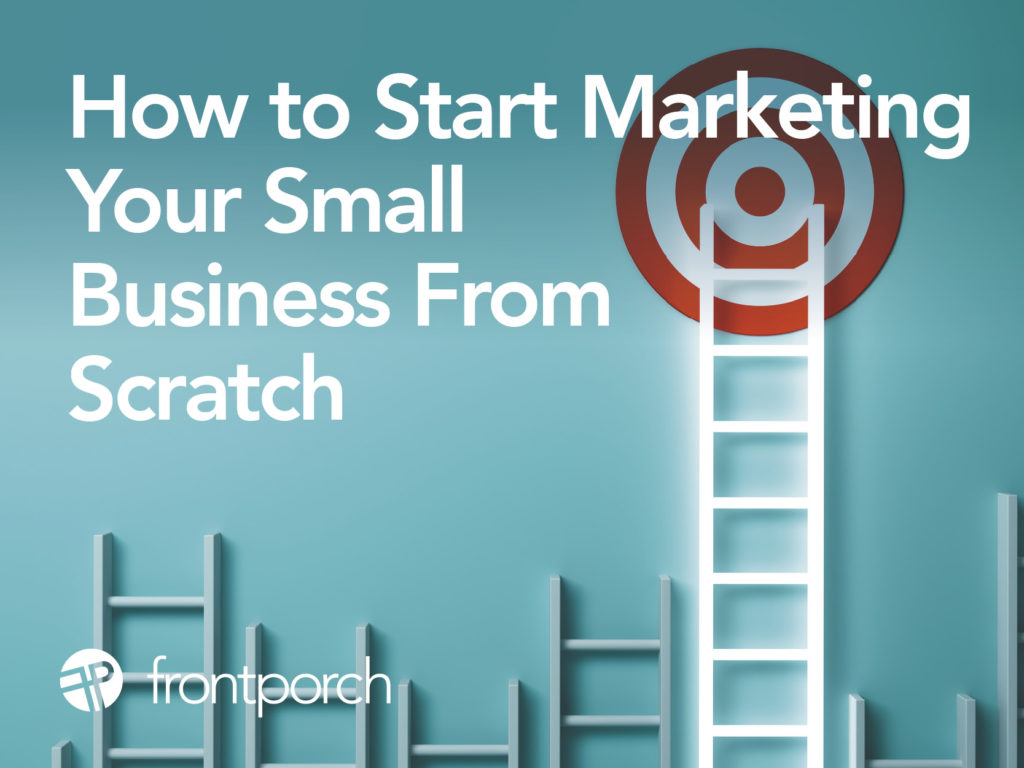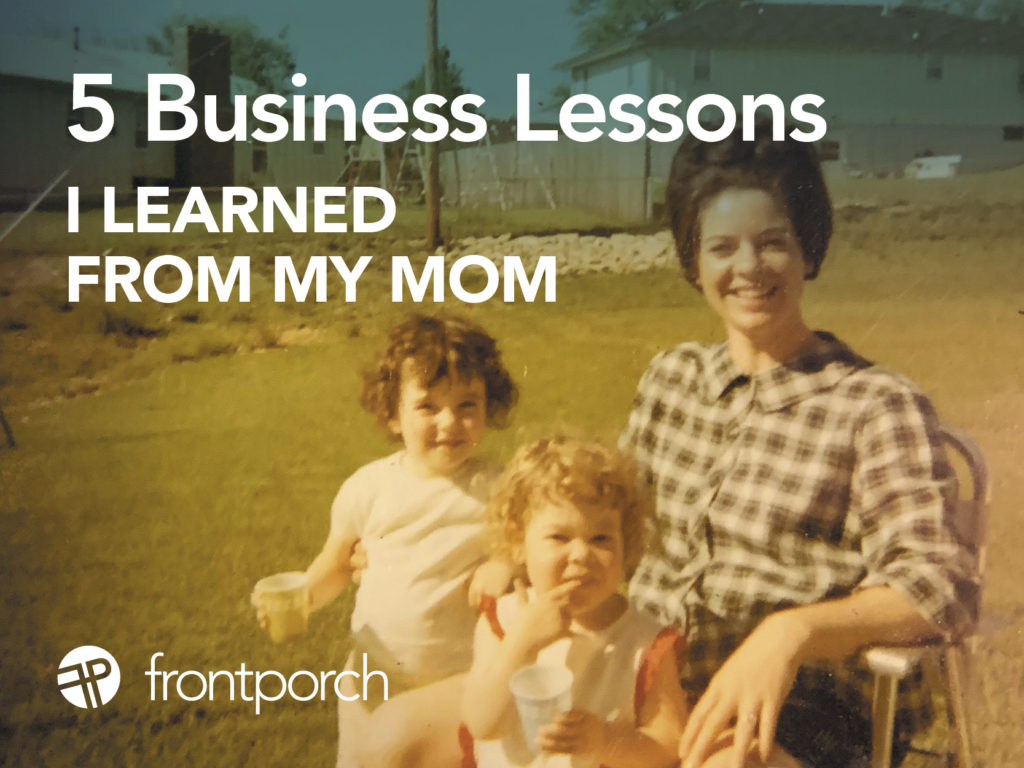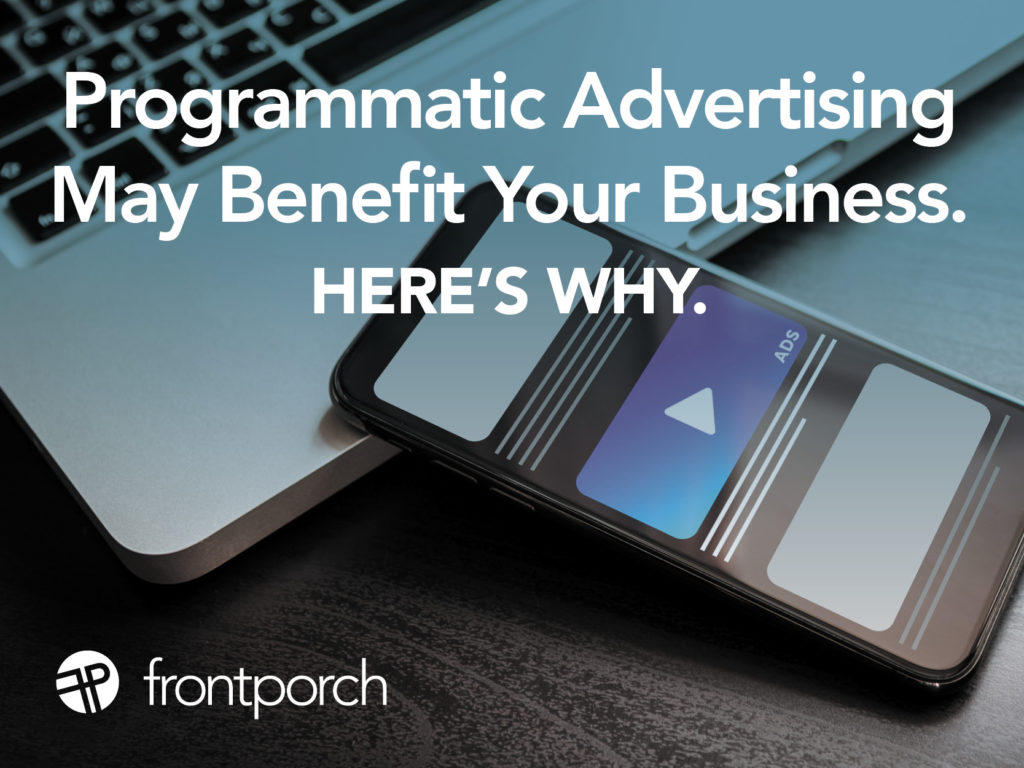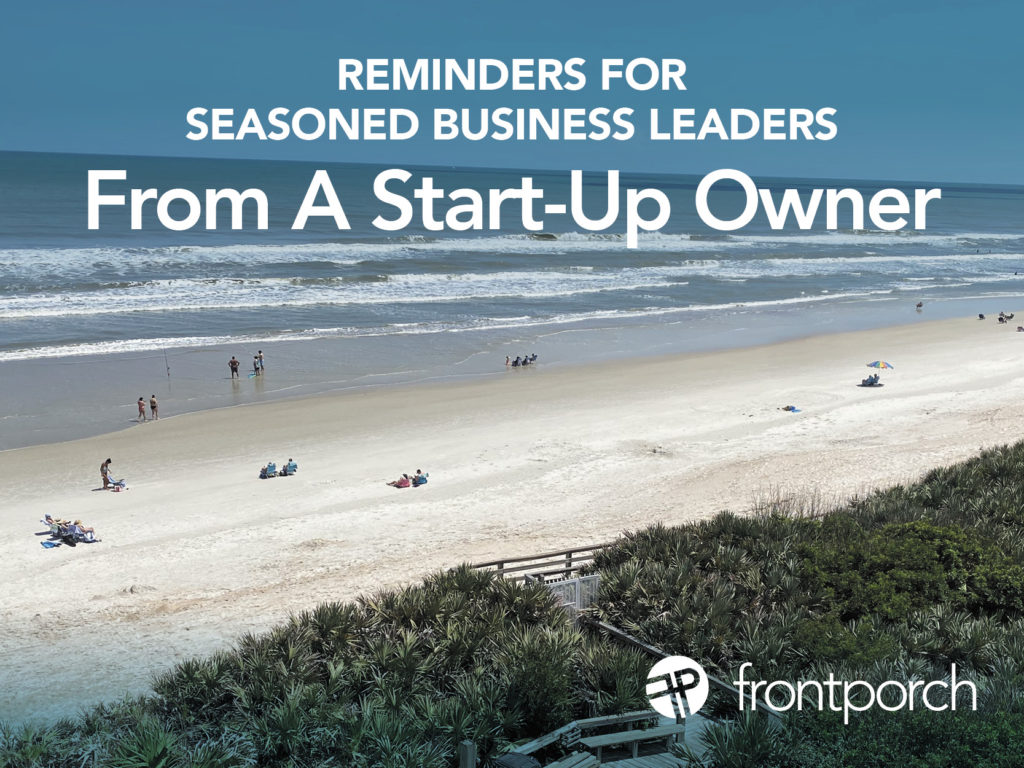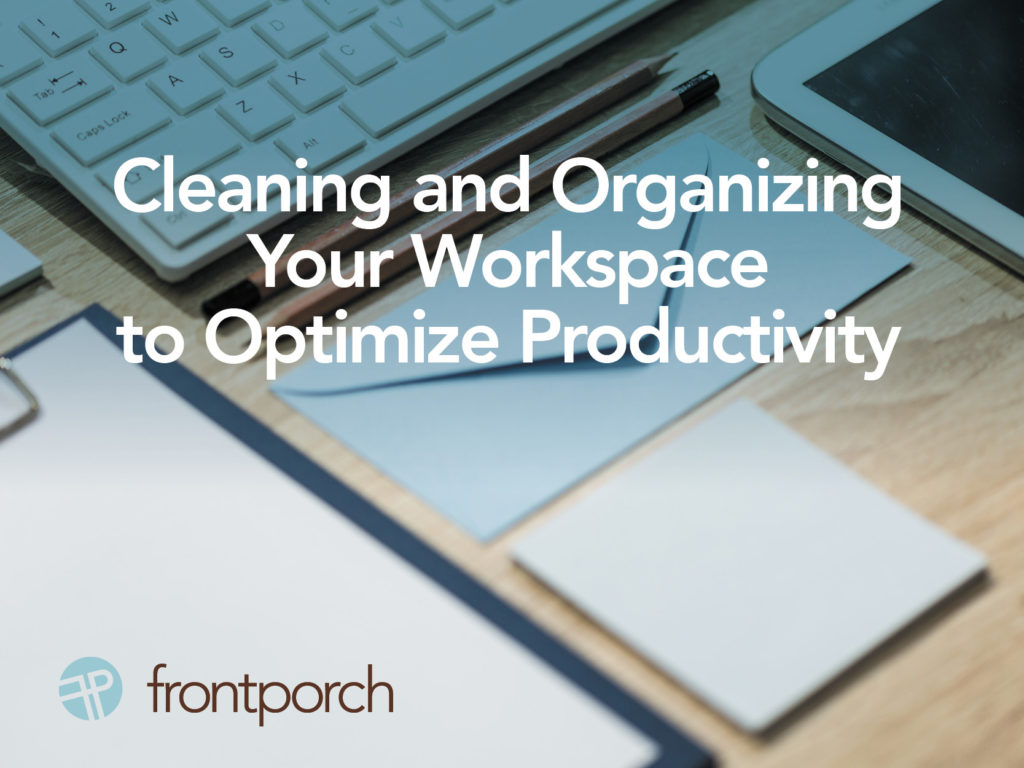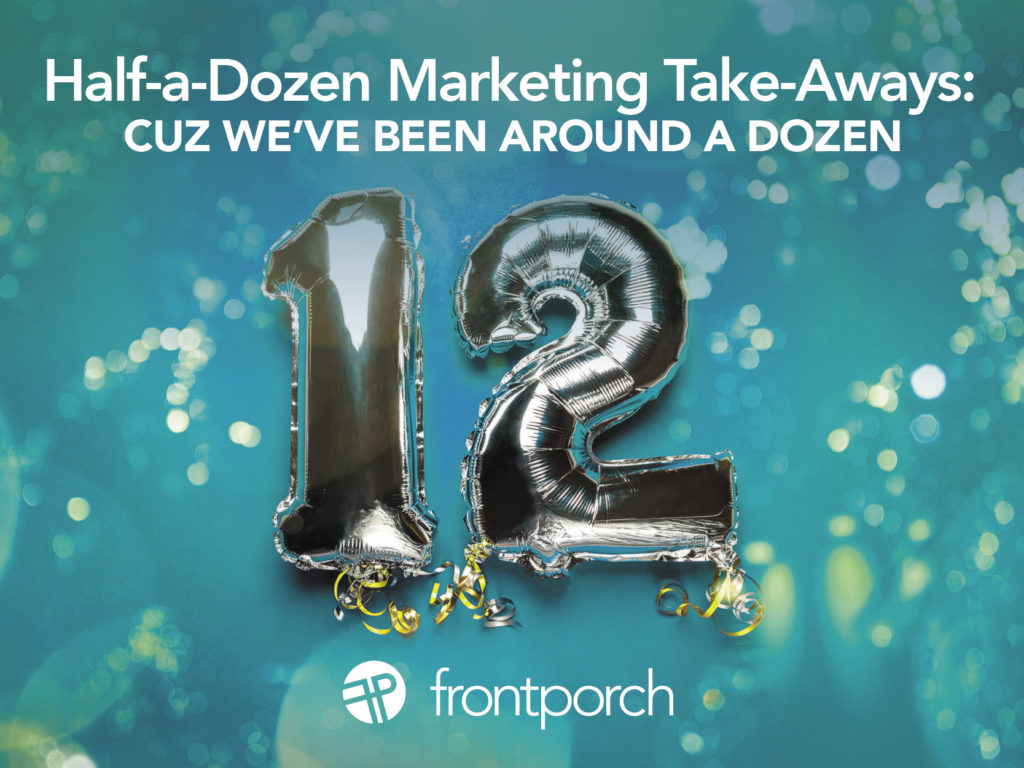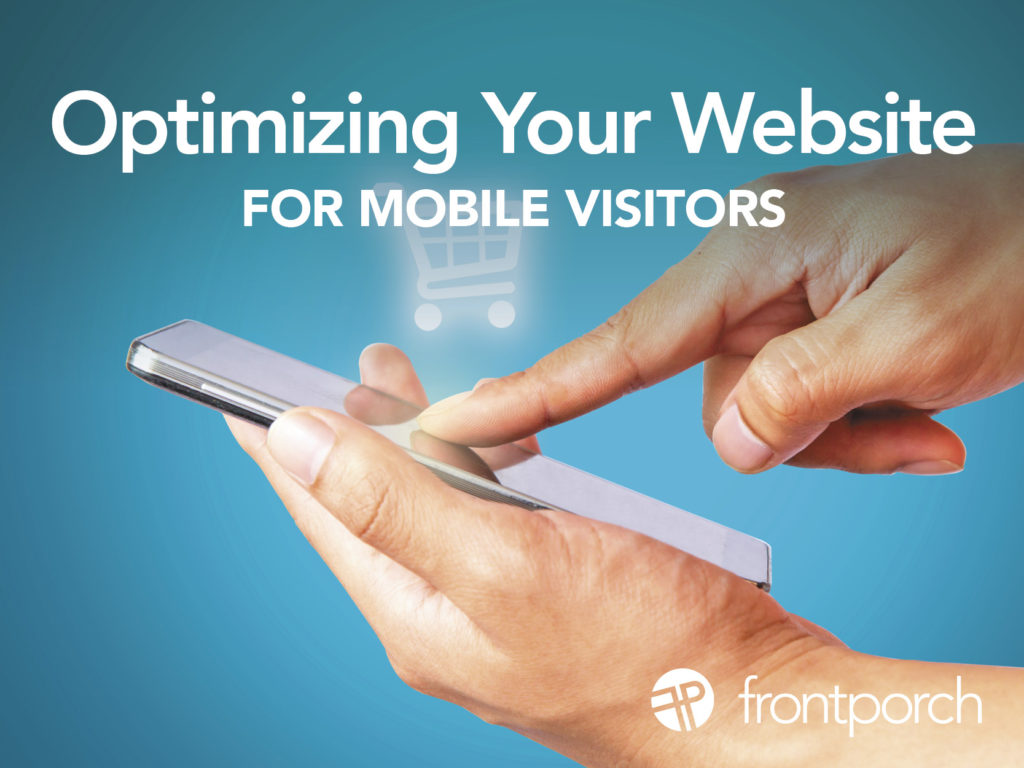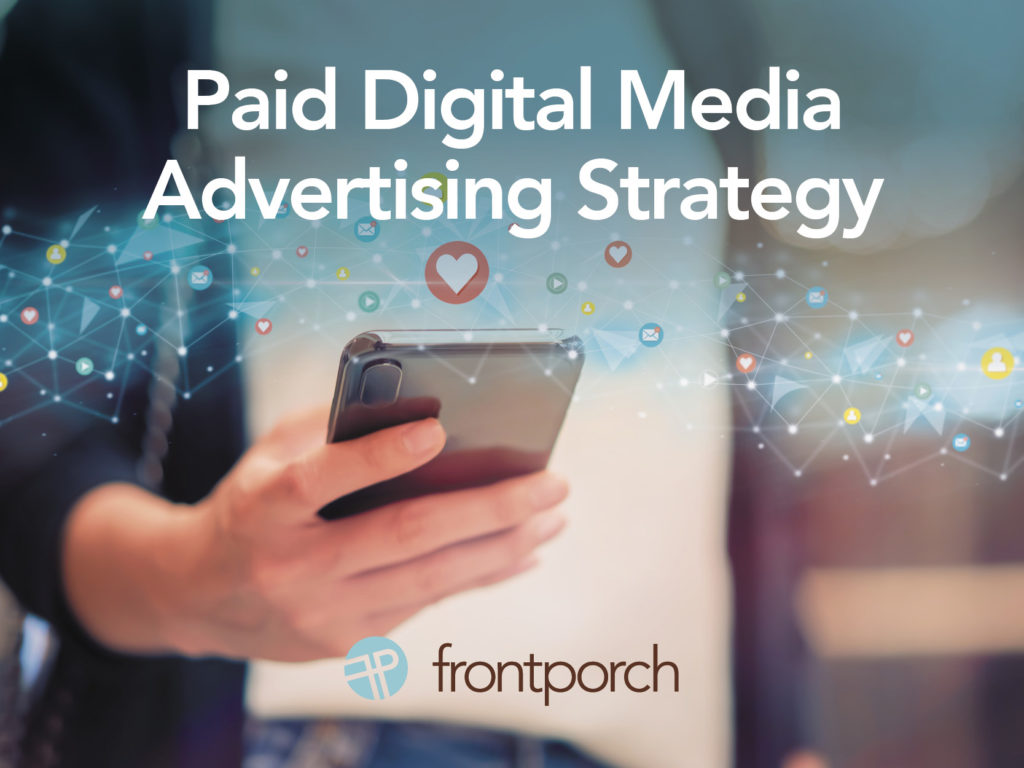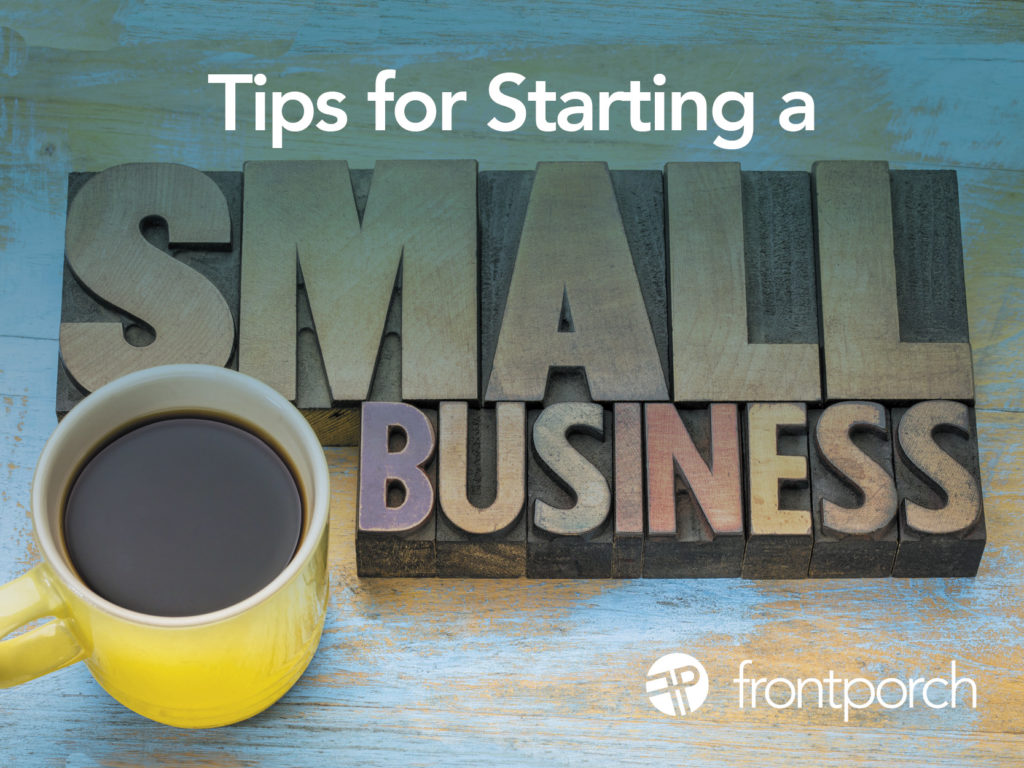
Q&A from a small business owner
Small businesses are the heart of America, but what would it look like to start a small business in the post-pandemic world of today? Life in corporate America has changed drastically since the start COVID-19 pandemic. Turnover rates have skyrocketed and a growing sense of burnout has people looking for flexible, fulfilling enterprises. So, when the 9-5 isn’t cutting it anymore, why not become your own boss?
Turn a passion into a money making machine that pays the bills and gets you out of the office. My personal friend, MJ, did just that. She created Ambrosia and Honey, an online art shop specializing in fantasy novel merchandise. I got the inside scoop on how MJ turned her drawings into a successful, growing company, as well as the hardships and victories she encountered along the way.
1. What made you want to start your small business?
I started to read again after graduating college. I loved reading as a kid but school took up too much of my time and that passion got put on the back burner. A few months after graduation I got a job as a concept artist and was living with my parents. I had tons of free time after work and was burning through several books every week.
After 6 months working I realized that I really don’t like working for a company. No matter how cool the assignment was, I found that I could never bring as much passion to my job as I did to my personal work. I got into a bit of a bad place where I wasn’t sure what I truly wanted anymore. My goal was always to become a concept artist so why wasn’t I happy?
That was when I discovered the bookish community on TikTok and Instagram. I found so many other people that loved to read as much as I did, as well as other artists who created amazing bookish shops. I thought to myself “well I could do that.” And so I did!
2. How have your priorities changed from when you first started?
I don’t think my priorities have changed as much as my goals have. Originally I started the shop with the goal to share my art and maybe make a few extra bucks on the side to pay for gas, seeing as I drove 45 minutes to and from work every day. I was already creating fanart for myself, I figured other people might like to see it too.
Well as it turns out a lot of people like to see it and the shop is now my full time job! My current goals are more in the realm of expanding the company so I can keep up with the demand and creating even better products. My small business priority has always been quality over quantity.
3. Knowing what you know now, is there anything you would have done differently when you were first starting out in your small business?
I would have done preorders from the start. I didn’t realize that social media engagement didn’t equal actual sales so I ordered way more product than I actually needed.
4. What has been the hardest thing about starting your own business?
The hardest thing has probably been the accounting and business side of things. The art comes easy but the legal things you have to take care of are incredibly frustrating and time-consuming.
5. What is unique about your small business?
I think the fact I make art based on books is pretty unique. Most fan artists make work based on tv shows, films, or anime but the bookish community is relatively niche. My work itself is another thing that separates me from other bookish shops. The majority sell apparel, candles, or jewelry while I sell decor.
I combine digital painting with 3D elements to create something that’s never been done before. Of course this isn’t to say those shops are bad — on the contrary! My fellow bookish shop owners have become some of my dearest friends. I just mean to say mine is slightly different from the rest.
6. What do you look into when making a new product for your business?
I have an entire notebook full of ideas I can’t wait to show everyone! Often times they come to me while I’m driving or when I’m about to fall asleep. That’s the easy part; scheduling is the main problem.
Due to how time-consuming each launch is, I’m only able to do one every few months so I have to be very strategic when they’re placed throughout the year. Seasons, holidays, book release dates, etc. all play in to what I choose to design and when. I definitely get inspired by my fellow bookish shops but my work is different enough from them that I generally just to my own thing.
7. How do you market your business? What is the most useful/successful?
Social media is essential to my small business! I personally use both TikTok and Instagram. Understanding how the algorithm works is the best skill you can learn in terms of marketing. Good lighting, engaging captions, and posting at the right times will take you far. If you don’t know where to start, look at other accounts to get inspiration.
8. Any advice to someone starting a small business?
My biggest piece of advice is to be approachable! Let your followers get to know you and create a community. Post relatable content with insights into your personal life. Pull back the curtain and show what’s behind the scenes. People want to follow people, not brands.
Are you ready to start your own small business?
Starting a small business is no easy task, but it might be just what you need if you’re feeling bogged down by the corporate machine. They say if you’re good at something you should never do it for free, and if you’ve got passion and determination it can take you where you need to go. We’ve even got more tips for marketing your small business to help you get started.
Hopefully these tips can help you or someone you know who is looking to start their own small business! Huge thanks to my friend MJ. Remember to check out her shop Ambrosia and Honey online, and don’t forget to shop small!


